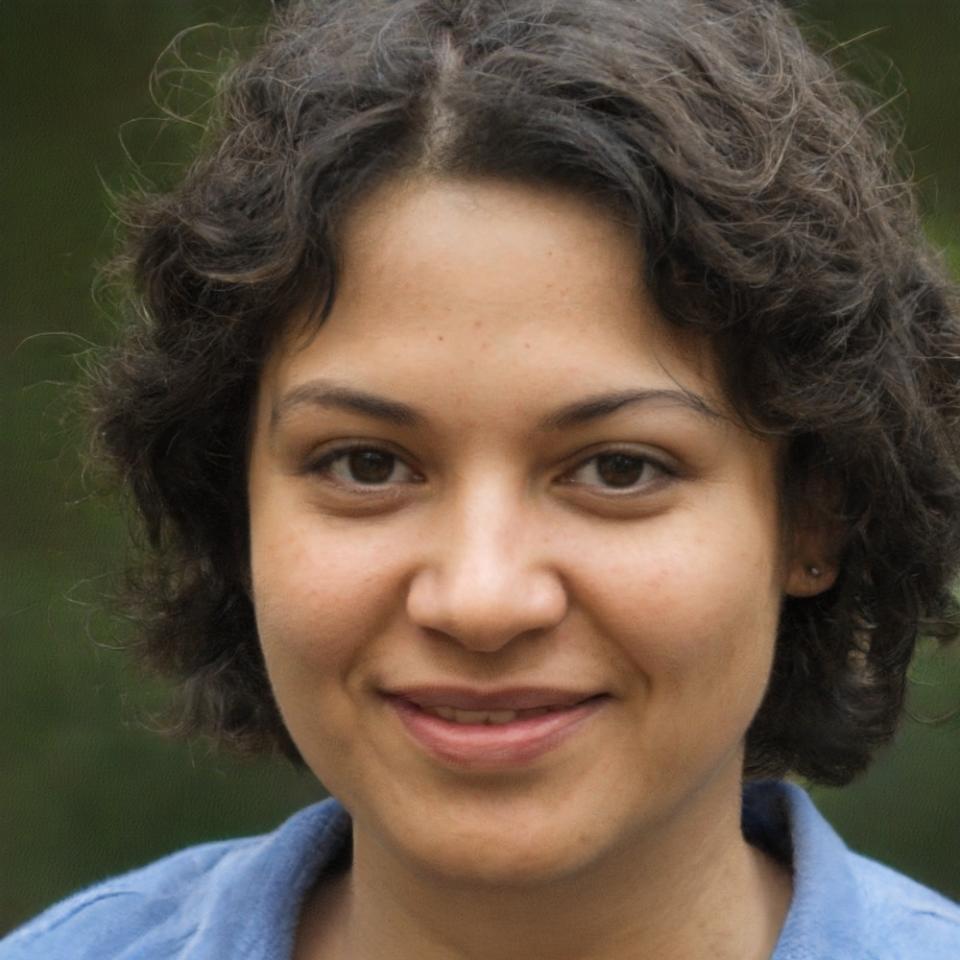Building Tomorrow's Level Designers
We started in 2019 with a question nobody was really asking: why does level design education feel so disconnected from actual game development? Six years later, we're still figuring it out alongside our students.
Started Small, Stayed Focused
Back in early 2019, we had three students and one idea: teach level design the way studios actually work. Not theory dumps. Not endless lectures about principles nobody remembers. Just hands-on work with real constraints.
The first cohort was chaos. Students wanted faster results. We wanted better fundamentals. Turns out both matter, but finding that balance took us about eighteen months of constant adjustment.
By 2021, we'd developed a rhythm. Students built actual portfolio pieces during the program instead of theoretical exercises. Some landed junior positions within four months of finishing. Others took longer. That's reality, and we stopped pretending otherwise.

Students trained since 2019 across multiple program iterations
How We've Changed Since Starting
Each year brought new challenges and adjustments. We don't claim perfection but we do adapt based on what actually works.
Testing Everything
Three cohorts helped us realize our curriculum was too ambitious. Cut 40% of content, focused on core spatial design skills. Students started finishing projects instead of abandoning them halfway.
Portfolio First
Shifted entire program structure around building portfolio-ready work. Added monthly studio guest reviews. Students got uncomfortable feedback early, which actually helped more than our polite approach.
Finding Balance
Expanded from pure 3D design to include lighting systems and optimization workflows. Our September 2025 cohort includes technical artist fundamentals based on industry requests we kept hearing.
Who Runs This Program
Small team, direct communication. We're not trying to scale into some educational empire. Just focused on teaching level design well.

Livia Văduva
Lead Curriculum DesignerSpent seven years at two Romanian studios before switching to education in 2019. Worked on everything from mobile puzzle games to a mid-budget action title that shipped in 2018.
Started teaching because studio workflows weren't matching what new hires learned in programs. That gap frustrated everyone. So now we build curriculum around what actually happens in production, not what textbooks claim should happen.
Still consults part-time for a Bucharest studio, which keeps the teaching grounded in current practices. Students appreciate getting real answers instead of academic theories that don't survive contact with actual deadlines.
What Drives Our Approach
These aren't corporate values we put on a wall. Just principles that guide how we structure programs and interact with students.
Honest Communication
We tell students when their work isn't studio-ready yet. Honest feedback early saves frustration later. Some appreciate this directness immediately. Others need time to adjust. Either way, it's more useful than false encouragement.
Real Project Work
Students build actual levels, not practice exercises that go nowhere. Every assignment targets something portfolio-worthy. Not all succeed, but the ones that do demonstrate genuine capability to potential employers.
Industry Connection
Guest reviewers from studios visit monthly. Students present work, get feedback from people who actually hire level designers. Sometimes that feedback stings. But it's infinitely more valuable than our opinions alone.
Realistic Timelines
Our next full program starts October 2025 and runs nine months. That's how long it actually takes to build solid foundational skills. Quick courses exist, but they skip fundamentals that matter when projects get complex.



Want More Details About Our Programs?
We answer questions directly. No automated responses or sales pitches. Just honest information about what we teach and how the program actually works.
Get in Touch